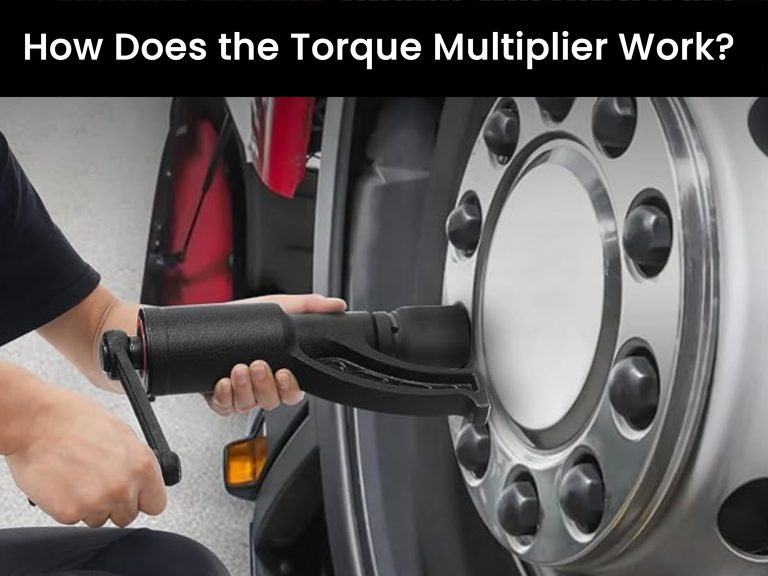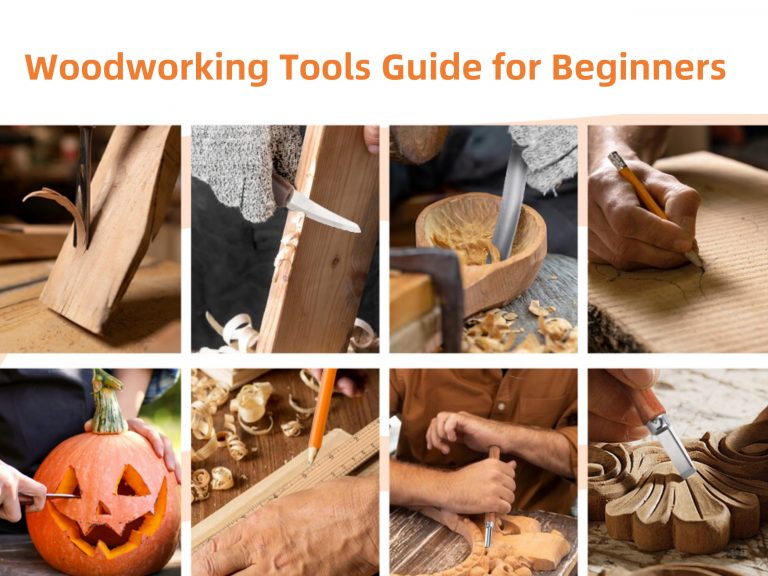The idea of torque is at the core of what makes fasteners robust and dependable. The mechanism and parts held together by these tiny yet powerful bits depend on torque, which is more than just a measurement of turning force.
We’ll examine the science of determining fastener torque below. Ideally, it will give some understanding of how to improve fastening applications’ performance, safety, and dependability.
Understanding Torque
The rotational force required to spin a screw, bolt, or nut in a fastened connection is known as torque. Torque is expressed in pounds per foot (lb/ft) in inch units and Newton meters (Nm) in metric measurements.
The Connection Between Tension and Torque
Torque and tension, sometimes known as tightness, are closely related measurements. In actuality, it is uncommon to discuss one without mentioning the other.
There is a straightforward link between torque and tension: as torque increases, joint tension also increases. The bolted joint grows tighter the more force you use to spin a fastener.
Why Does Fastener Torque Matter?
In the field of fasteners, torque is an important measurement. It’s critical that you focus on and get your application just correct. How come?
A bolt that is not torqued to the proper torque will be looser than required and unable to apply the required amount of clamping force. A bolt that is overtightened may shatter or distort, exhibiting symptoms like thread stripping and heads popping off. The final point is crucial to keep in mind because many people think that tighter is preferable. That isn’t always the situation.
Factors Impacting the Torque Calculation
Friction is the primary component that determines the proper amount of torque by influencing the connection between torque and tension. The degree of friction in a bolted joint can be influenced by a number of factors, including:
- The friction between fine and coarse threads is greater for the former.
- Class of thread fit: More friction is present in tighter-fitting thread systems than in looser-fitting ones. For instance, there is higher friction for 3A/3B since it fits tighter than 2A/2B.
- Material and grade: Friction is affected by the kind and hardness of the material utilized.
- Coatings: The amount of friction will vary greatly depending on the fastener coating.
- Bearing surface conditions: Friction is influenced by the size and roughness of the surface.
- Lubrication: The amount of friction will also be greatly affected by the type of lubricant used.
Methods for Calculating Fastener Torque
Fastener torque may be computed using two methods: a physical test and a mathematical formula.
Formula for Fastener Torque
To estimate fastener torque calculations, use the equation T=kDP, where:
- T = Torque in newton-meters (Nm)
- k = Coefficient of friction
- D = Diameter of the fastener in millimeters (mm)
- P = The desired tension in kilonewtons (kN)
Testing Torque-Tension
A torque-tension test can be used to determine the torque of fasteners. The torque-tension test quantifies the amount of input torque necessary to attain a specific tension in a bolted joint.
The image below depicts a standard test setup. It is comprised of a test fixture known as a Skidmore, which is loosely fitted with a test bolt, test washer, and test nut. A load cell in the test fixture is capable of measuring the joint’s tension.
Until the desired level of strain is obtained, the nut is rotated gradually. This motion extends the bolt as the joint is tightened, applying a clamp load to the joint (the Skidmore in this example). It is measured how much torque is required to turn the nut to the appropriate tension.
Relevant Fastener Details
When it comes to fastener torque, it’s helpful to be aware with USCAR11-2 and ISO 16047, two industry standards.
- To measure the frictional characteristic of a fastener finish, USCAR11-2 “provides a test method for determining the torque-tension relationship of a fastener finish as applied to a surrogate screw.” The US Council for Automotive Research (USCAR), which is made up of a mix of workers from General Motors, Ford, and Chrysler, created and maintains this standard.
- The guidelines for performing torque/clamp force tests on threaded fasteners and associated items are outlined in ISO 16047.



